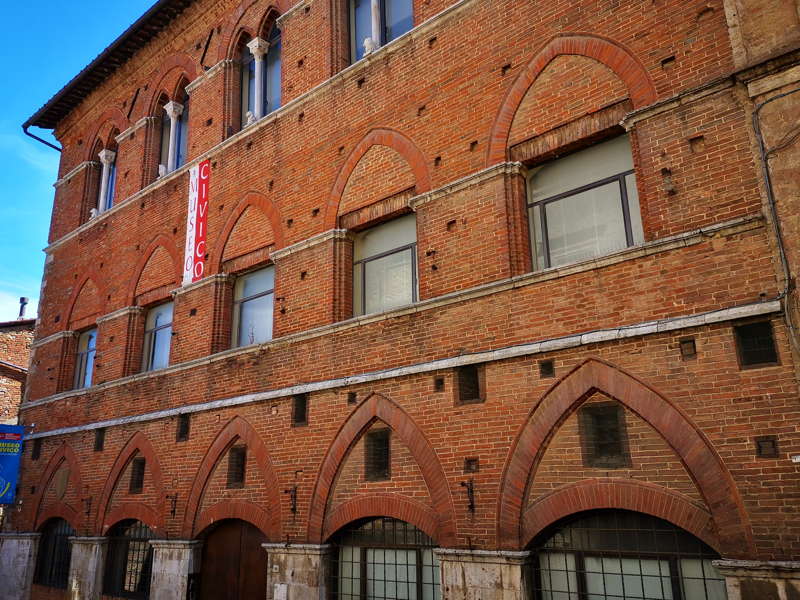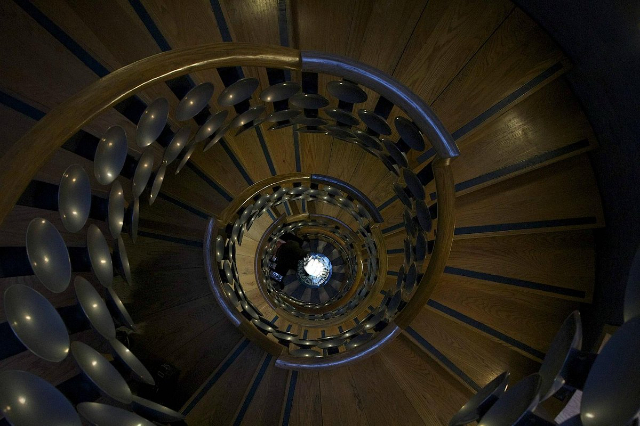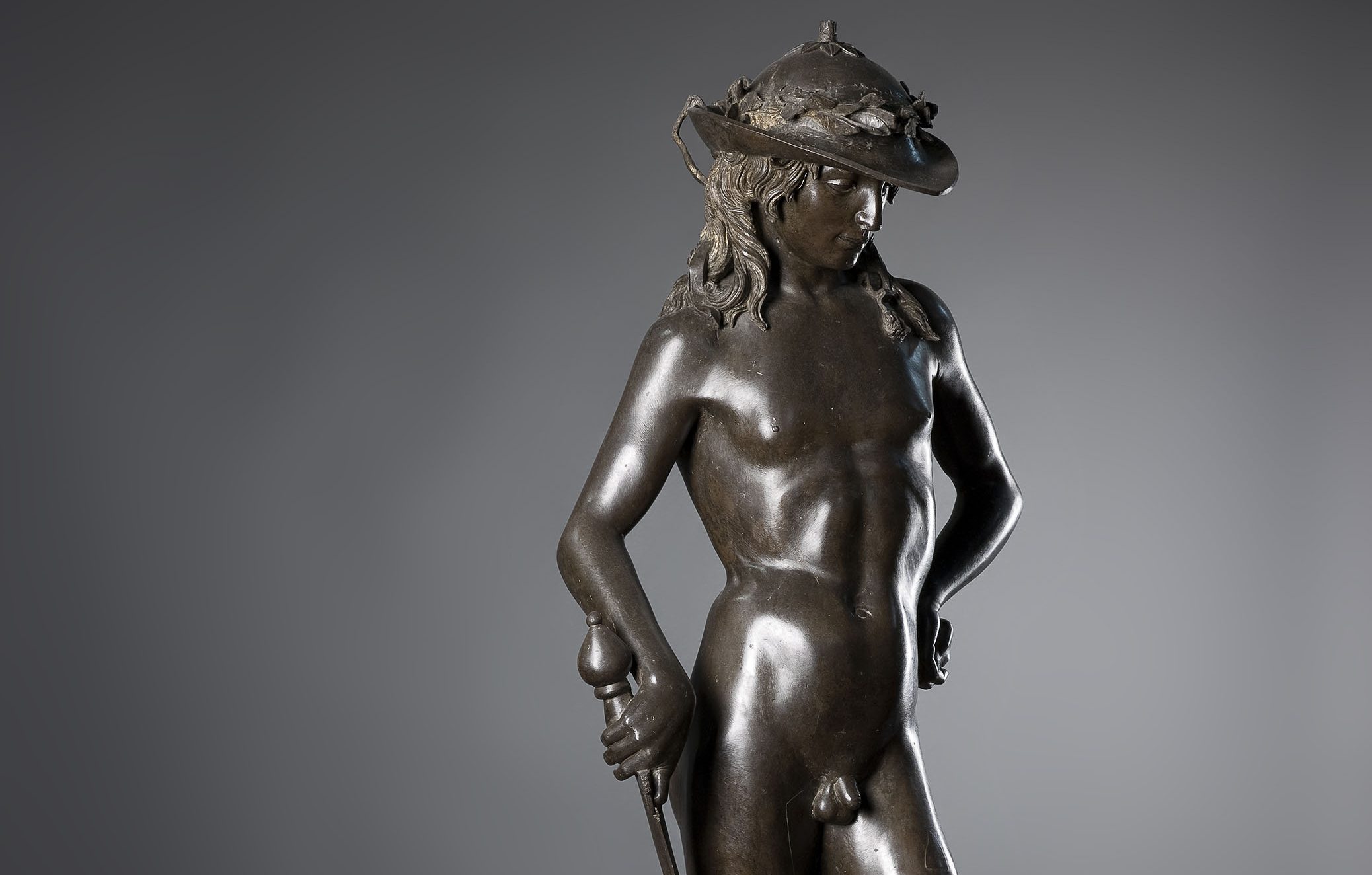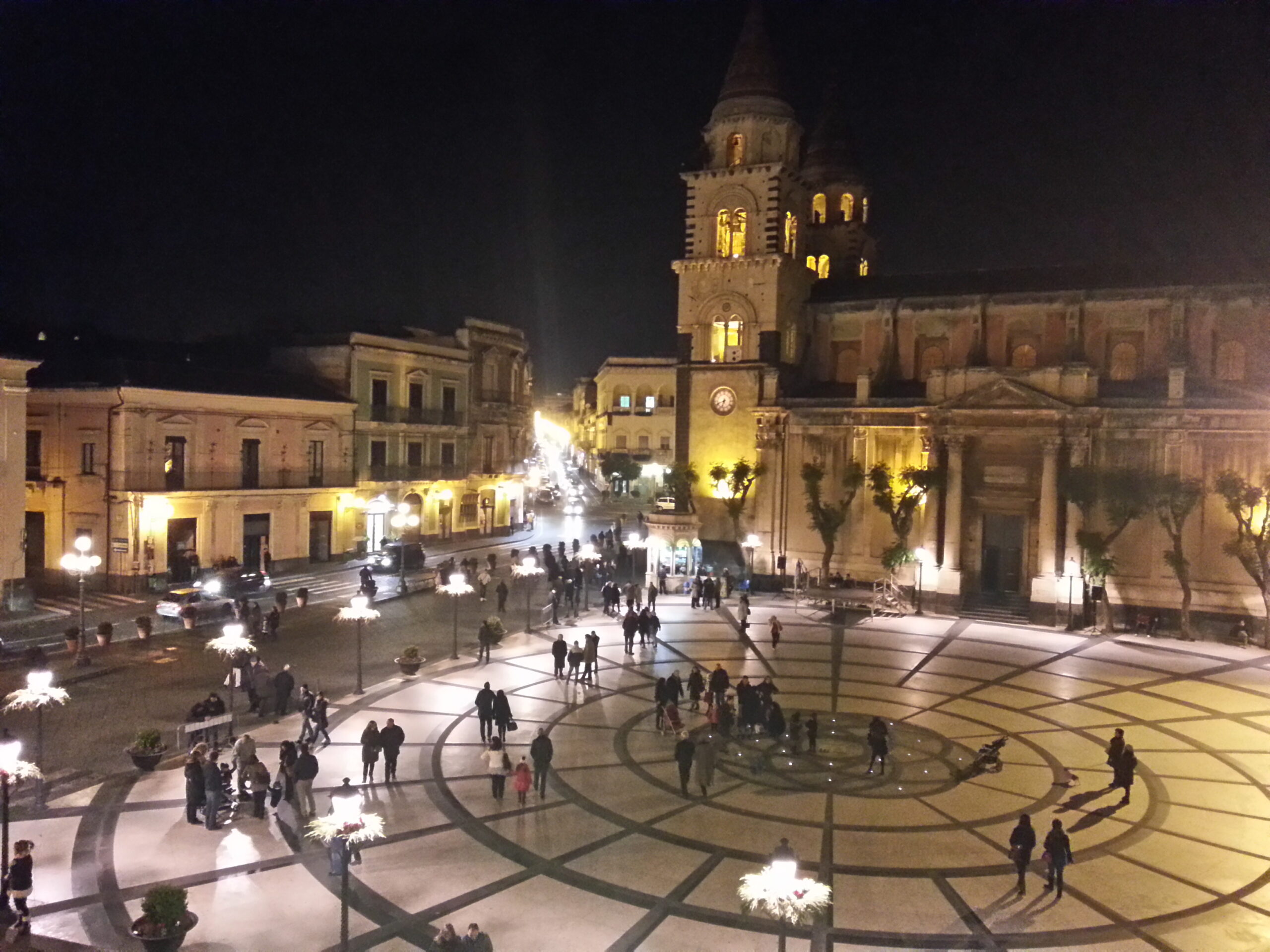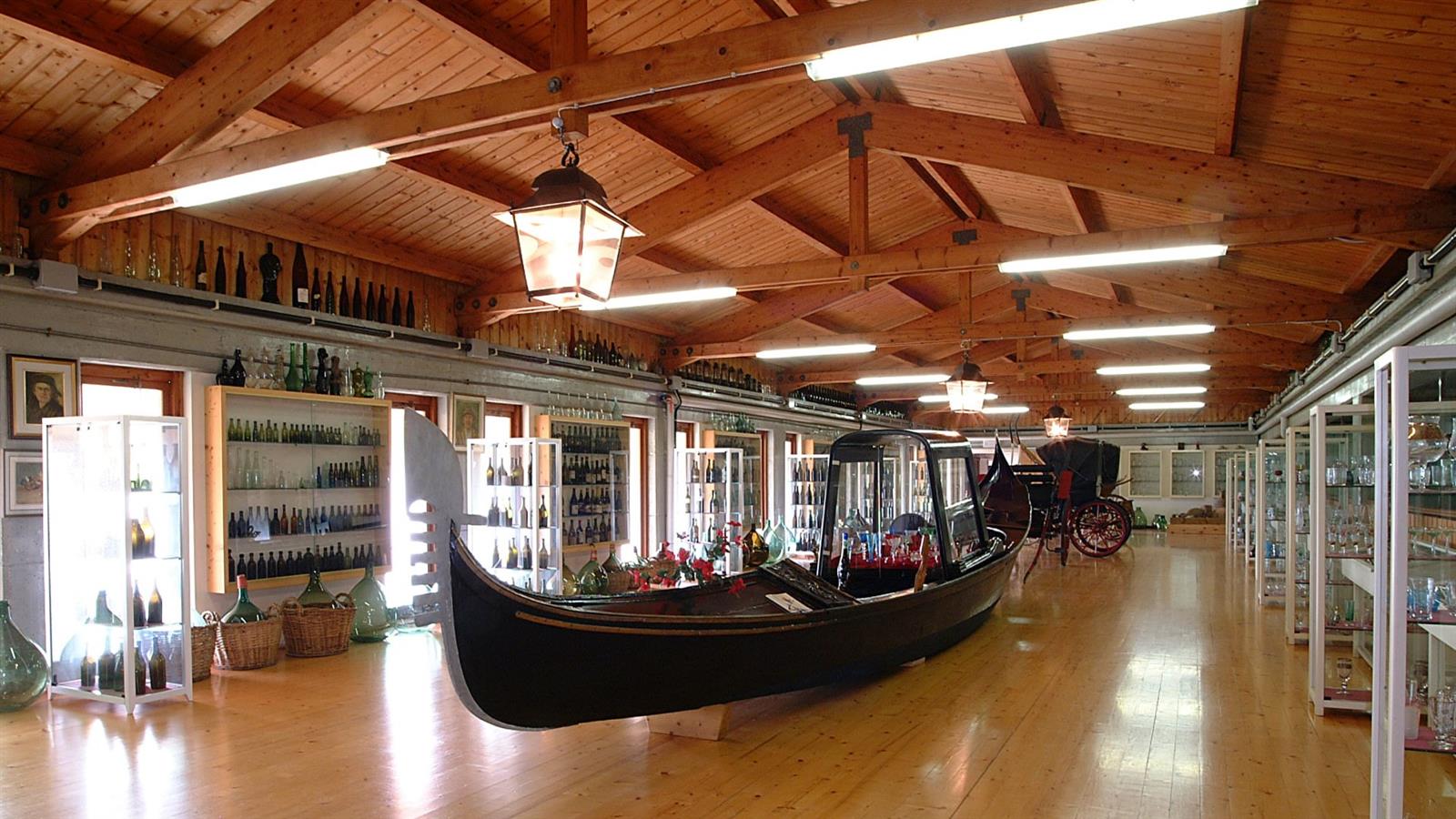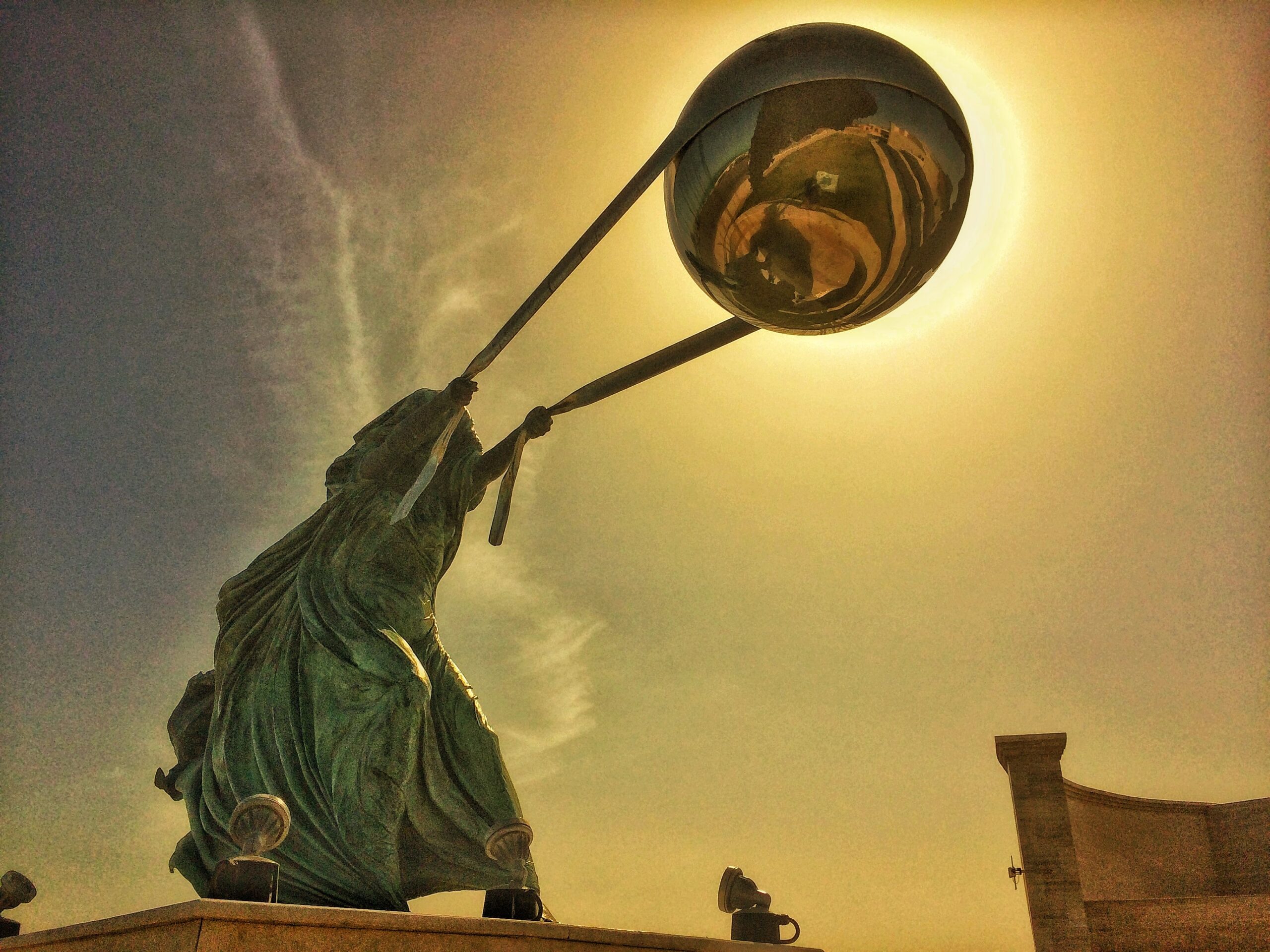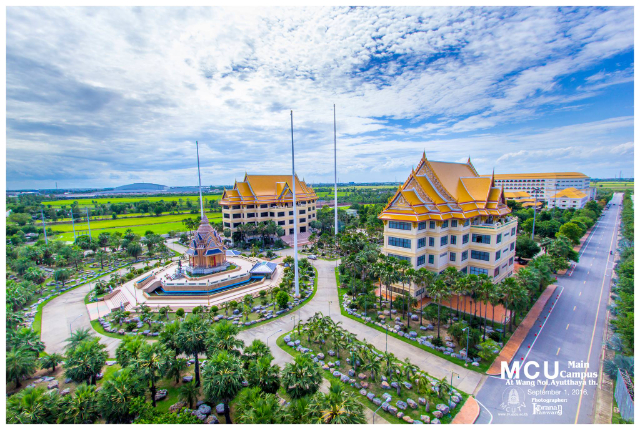The Civic Museum has been housed in Palazzo Neri Orselli since 1957. It is one of the very rare examples in Montepulciano that preserves the memory of the civil architecture of the fourteenth-century Sienese. It houses the Crociani Picture Gallery, composed of about one hundred and eighty paintings from the fourteenth to the nineteenth century, collected and donated to the Municipality by the Primicerio of the Cathedral, Francesco Crociani.
Born in Montepulciano in 1781, Crociani was in fact able to create a significant collection of paintings that well reflect the tastes and trends in art of his time. The collection includes above all works of the 1600’s and 1700’s from the Florentine and Bolognese environment, as well as paintings by painters from the Netherlands. To this sort of "gallery" belong paintings of history and sacred and profane figures, portraits, landscapes, genre scenes and still lifes.
In the museum’s itinerary, therefore, stand out works by artists of the Sienese school (Antonio Bazzi called Sodoma, Alessandro Casolani, Rutilio Manetti, Deifebo Burbarini), the Florentine school (Giovannantonio Lappoli, Giovanbattista Naldini, Santi di Tito, Giusto Suttermans, Pier Dandini), Roman (Giovanni Antonio Galli called lo Spadarino), Emilian (Prospero Fontana, Agostino Carracci, Cristoforo Munari) and Flemish (Jan Miel, Abraham Bloemart).
The Museo Civico di Montepulciano – Pinacoteca Crociani also houses other important works from the nineteenth-century suppression of local convents and a series of sixteenth-century terracottas by Della Robbia. The collection is of great importance not only for the high quality of the works, but also for their close link with the history of Montepulciano. In fact, the two altarpieces Dio Padre Beneficente, formerly in the Palazzo Comunale, and the lunette depicting the Madonna and Child, formerly in the Palazzo del Capitano, commissioned from Andrea della Robbia between 1484 and the beginning of 1525, can be found here.
Moreover, since 2000, the Museo Poliziano has housed a rich archaeological section that includes Etruscan and Roman finds discovered in the territory of Montepulciano and, in particular, in the necropolis of Acquaviva, near the important and strategic road between Chiusi and Arezzo. The material evidence of the necropolis embraces a chronological arc of about four centuries, from the second quarter of the sixth to the second century BC.
